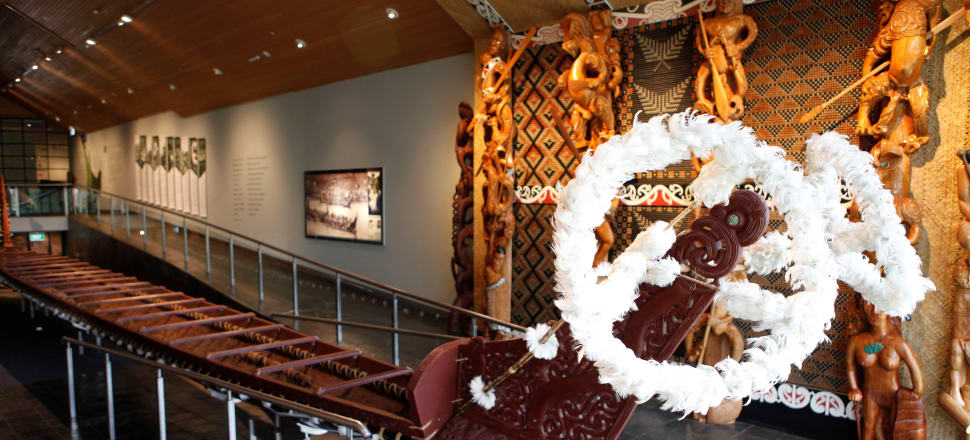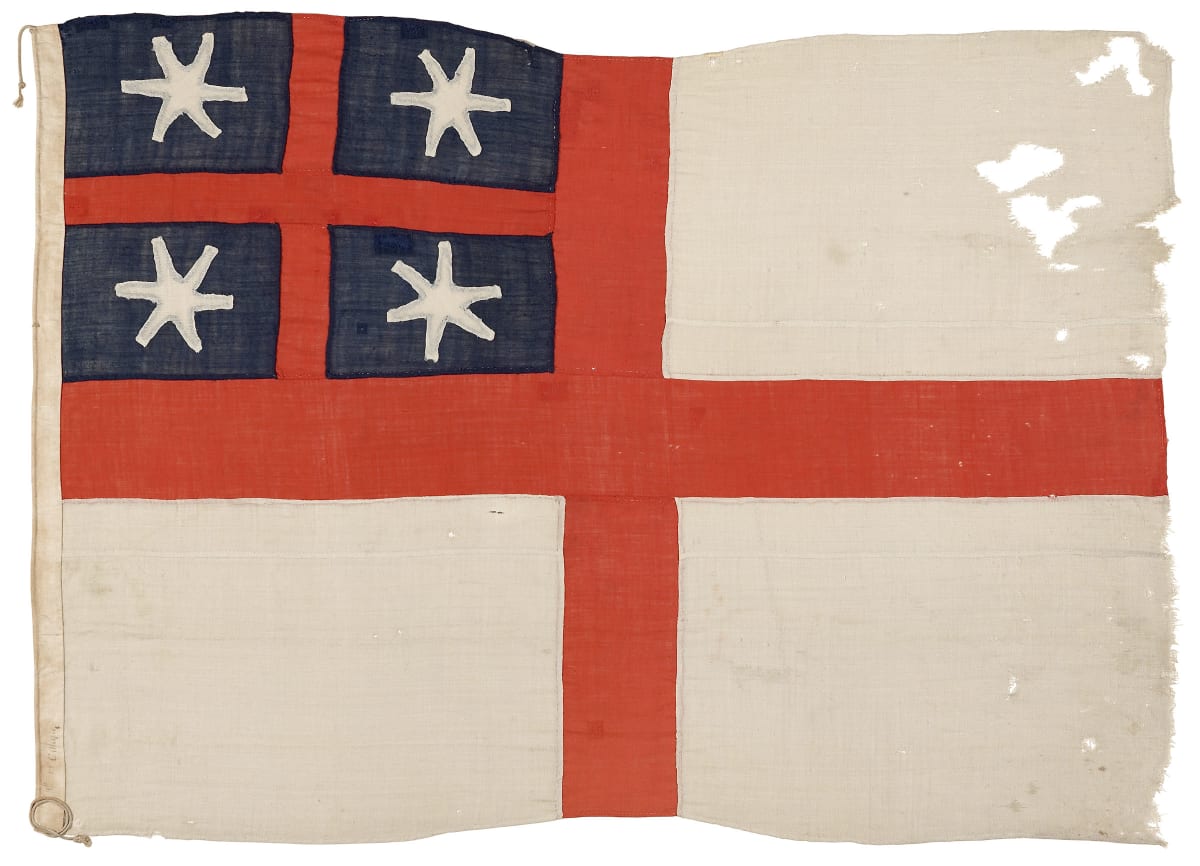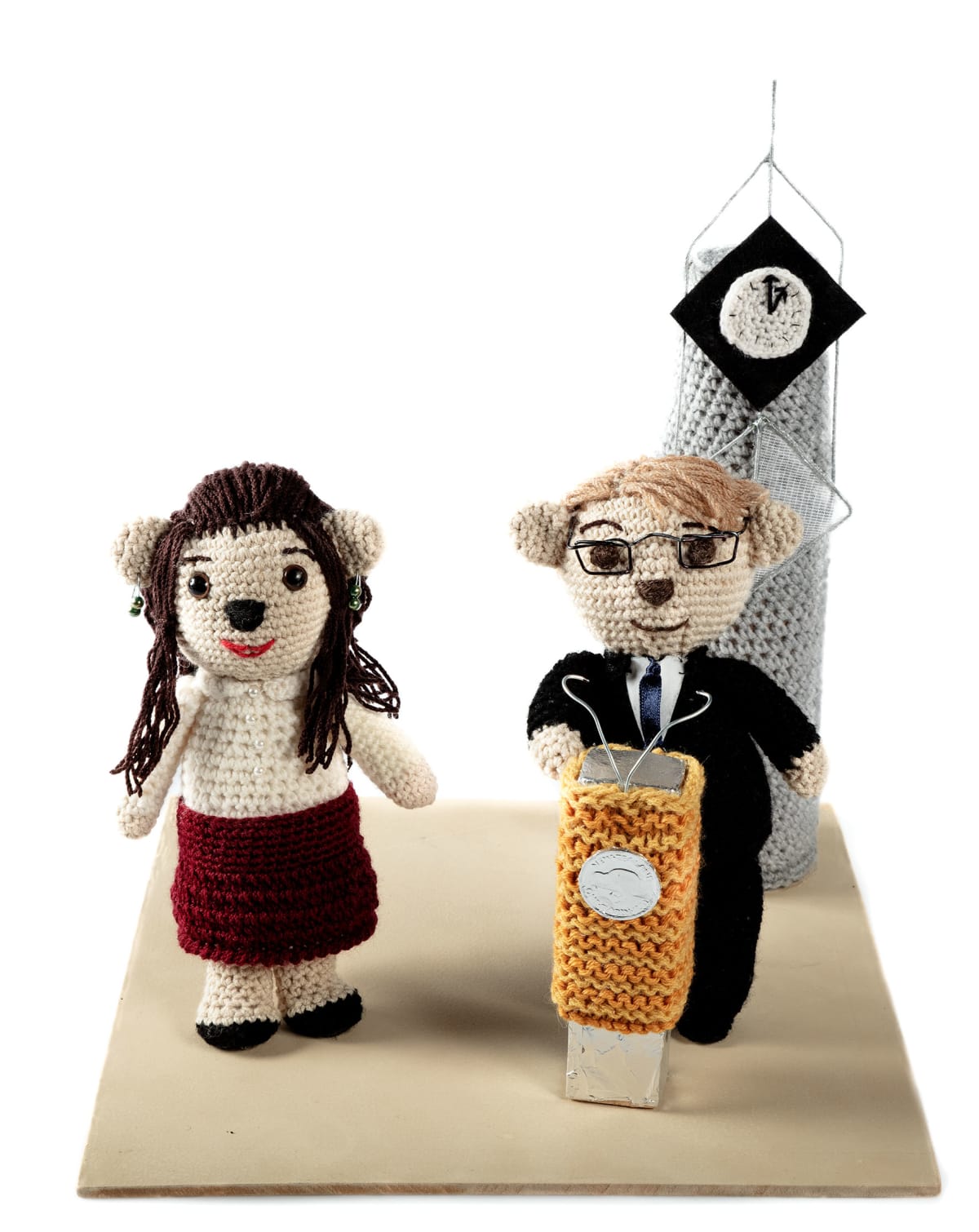
A historian tries to tell us we live in a wonderful, tolerant, open society, but another truth emerges
Judging is not a fun gig. My experience as a fiction judge at last year's Ockham book awards was that it was underpaid and over-worked, with awful lot of time-consuming reading for very little money. As well, people who haven’t read every book in each of the categories, yet still think they have the right to an opinion, roundly drag the judges and call them idiots because a book that they happened to read didn’t make the cut. This year Jock Phillips’ book A History of New Zealand in 100 Objects has made the cut for the illustrated nonfiction longlist. I have no idea whether this year's judges are idiots or not, but I’m putting money on the latter.
A History of New Zealand in 100 Objects is such a good idea: get a well-regarded New Zealand historian, practised in gathering great swathes of information under a single metaphorical roof (Phillips was the main editor of Te Ara), to pull together a crowd pleasing list of things about our lovely country. Phillips and the publisher have done a great job at making a huge potentially inaccessible subject reader friendly.
Phillips is so reasonable that he points out in his Introduction, very reasonably, that another historian on another day would have come up with a completely different group of objects and entirely different stories about them, which he perfectly reasonably thinks is absolutely fine. He also outlines how he came to his various decisions regarding the overall framing in order to get a balanced spread over the time periods he covers and the things he had to exclude from consideration like the arts, and monuments and buildings, simply because there wasn’t enough room. Lines in the sand have to be drawn. No good can come of trying to cram everything in. I’ve done books like this, and it still ends up being a once over lightly even if your word count is around the 150K mark which is where A History of New Zealand in 100 Objects is sitting. The words get eaten up so quickly.

New Zealand Company / United Tribes flag, 1839, maker unknown. Gift of Andrew Haggerty Richard Gillespie, 1967. Te Papa (GH002925)
Are there objects and stories I would have included based on my own highly subjective interest areas? Absolutely. I would definitely have included items from the Maritime and Royal New Zealand Navy Museums. Perhaps a figurehead (both museums hold fine examples) as a starting point for looking at our history of shipwrecks such as HMS Orpheus in 1860, our worst maritime disaster, and the SS Ventnor on the Hokianga Harbour in 1902 with her cargo of the bones of 499 Chinese miners that were being repatriated back to China for burial. It strikes me that the latter story has more resonance for the history of the Chinese community in Aotearoa than the opium story that has made the cut.
The Navy Museum also has a piupiu that was gifted to Captain Halsey of HMS New Zealand back in 1913 and eventually repatriated back to Aotearoa. The HMS New Zealand story - of a warship that the taxpayers of Aotearoa very kindly bought for the Empire on the eve of World War I, and was still paying for long after it was scrapped - speaks volumes about who were were as people back then. Ties to mother Britain and all that sort of thing. The piupiu itself had a starring role in the three great naval battles of the first World War which is pretty inspiring, as are the pre- and post-war tours of our fair country that the ship undertook.
Philips canters past the dawn raids and Bastion Point. Yes they’re ugly truths, but they were formative for Pasifika people in Aotearoa and constitute a huge chunk of the history of the modern Māori protest narrative, especially for Ngāti Whātua. His haste feels like a bit of a cop-out.

But there was really only one object and narrative that really annoyed me in the whole book, and that was the final one: the cute little crocheted Jacinda Ardern and Dr Ashley Bloomfield teddy bears. Not because I’m a hater. Quite the opposite in fact. I’m totally a fan of both of them and I’m of the opinion that first lockdown probably saved my life. It’s not even the objects themselves although I loathe twee and crafts in equal measure. It’s the focus of the essay that accompanies the bears that irks me. It’s all kindness, love and cuddles. This is not how I remember those times. I remember how quickly it got ugly and really nasty (and continues to do so) and how much of that was aimed specifically at Ardern as a woman. We’re a nation of misogynistic (and racist) assholes and judging by A History of New Zealand in 100 Objects, in spite of Phillips and the publisher’s best efforts to tread softly around tricky subjects, we always have been.
After reading A History of New Zealand in 100 Objects I was left with a profound sense of disquiet about the quintessential nastiness in the woodshed of our national psyche. Phillips strives hard to convey the old mythology of an egalitarian society, that we’re essentially nice people with just a dash of old-fashioned racism and misogyny thrown in for good measure. There’s quite a few references to Pākehā fears at various time periods in the book – for instance, that the declining birth rate of Pākehā would see people of colour taking over because you know coloured people breed like flies. And it’s disingenuous to say well this was in the olden times, things have changed because they really haven’t; they were just muted for a while. Sometimes it’s almost like the women’s and race relations movements never happened.
But the ugly truth is there even in a book that strives to embrace a wide readership and tell a somewhat gentler national story. A History of New Zealand in 100 Objects by Jock Phillips (Penguin Random House, $55) is available in bookstores nationwide. The shortlist for the Ockham book awards is announced tomorrow, March 8, at 5am; ReadingRoom will be up at five on the dot to present instant blathering analysis.







